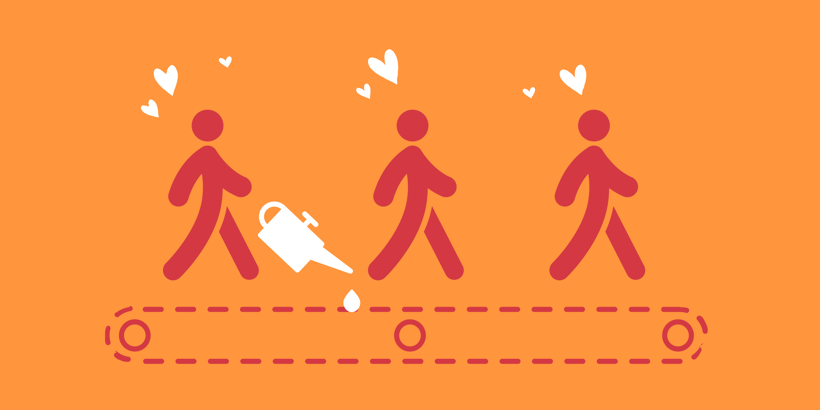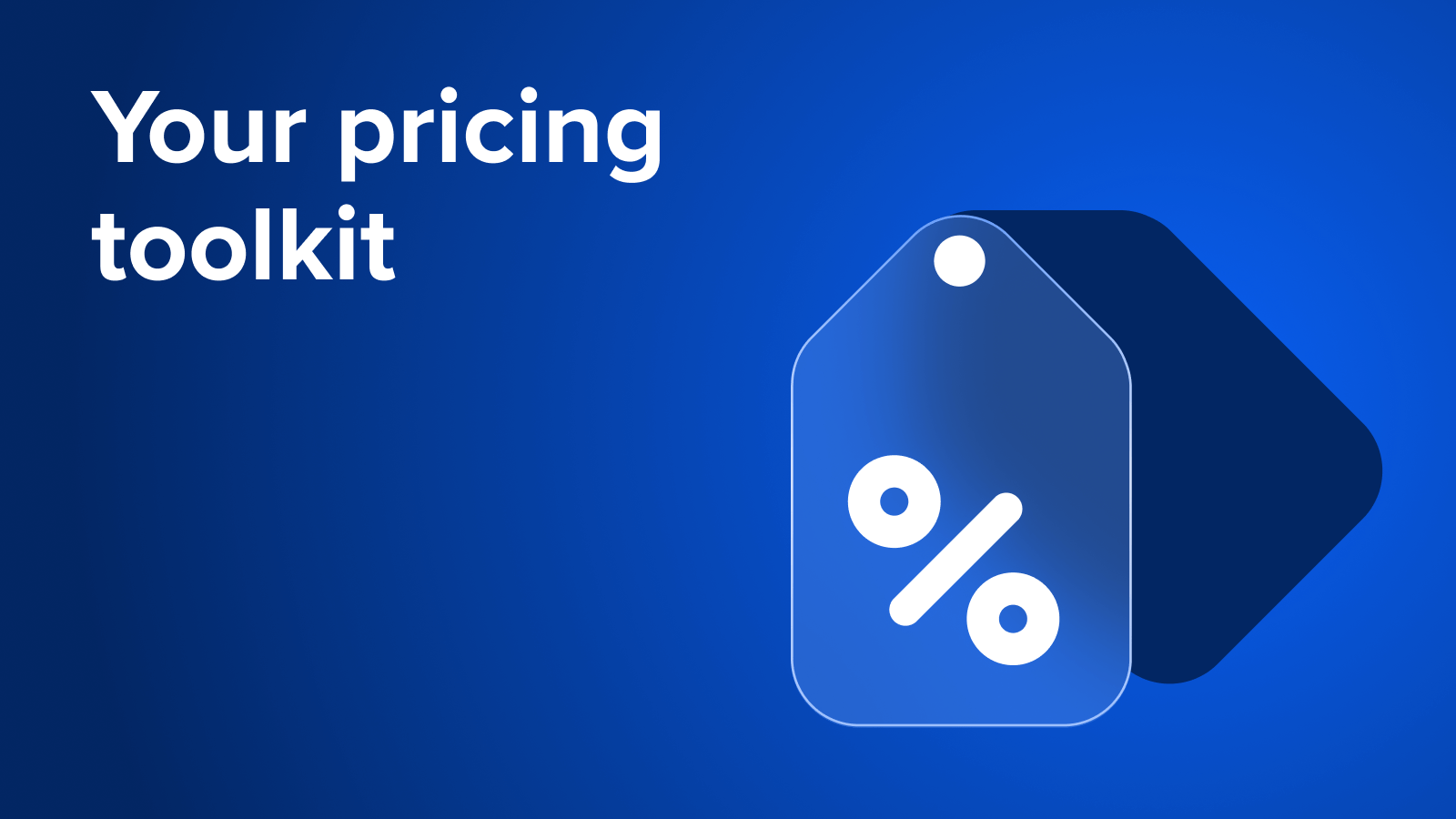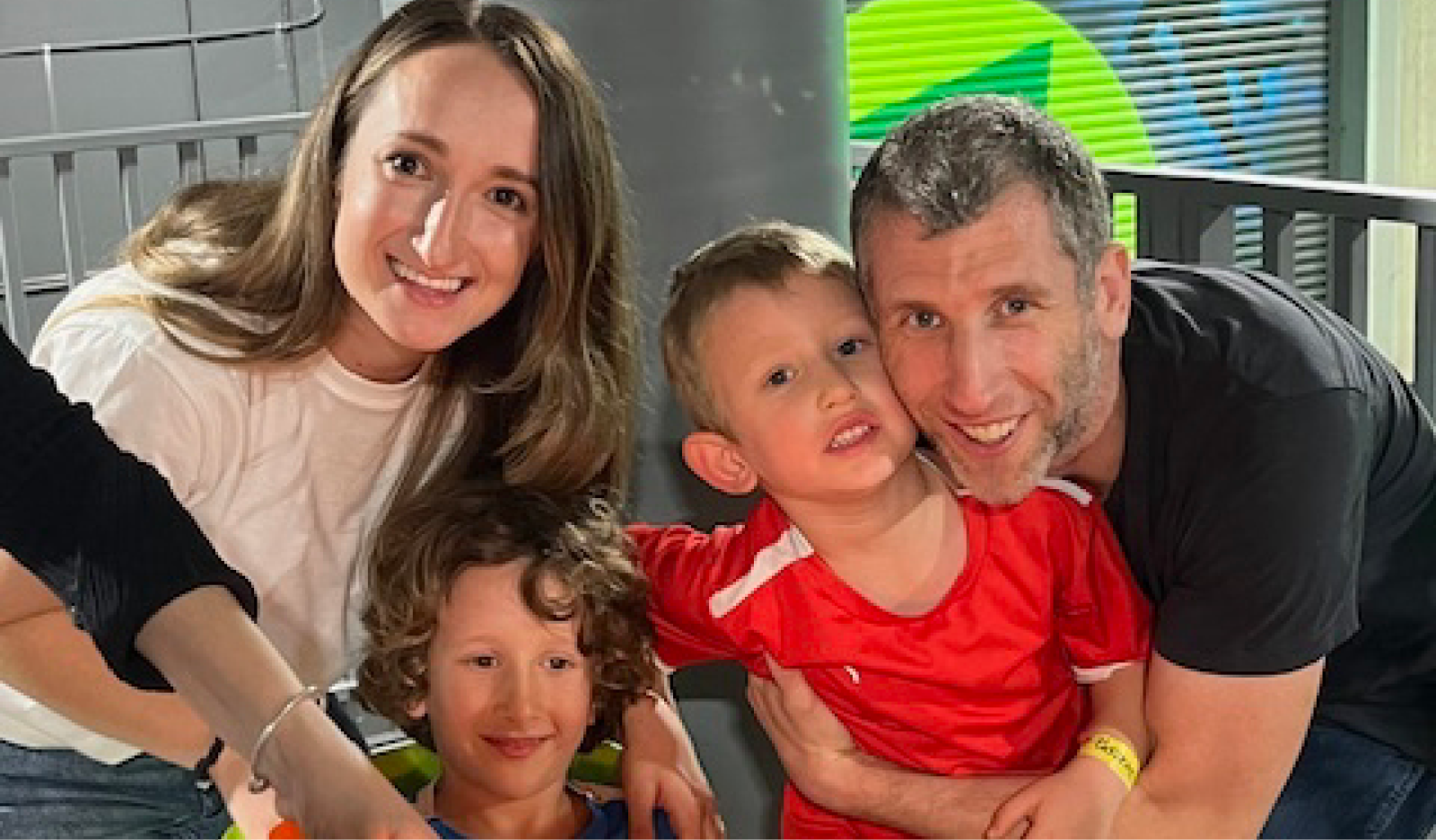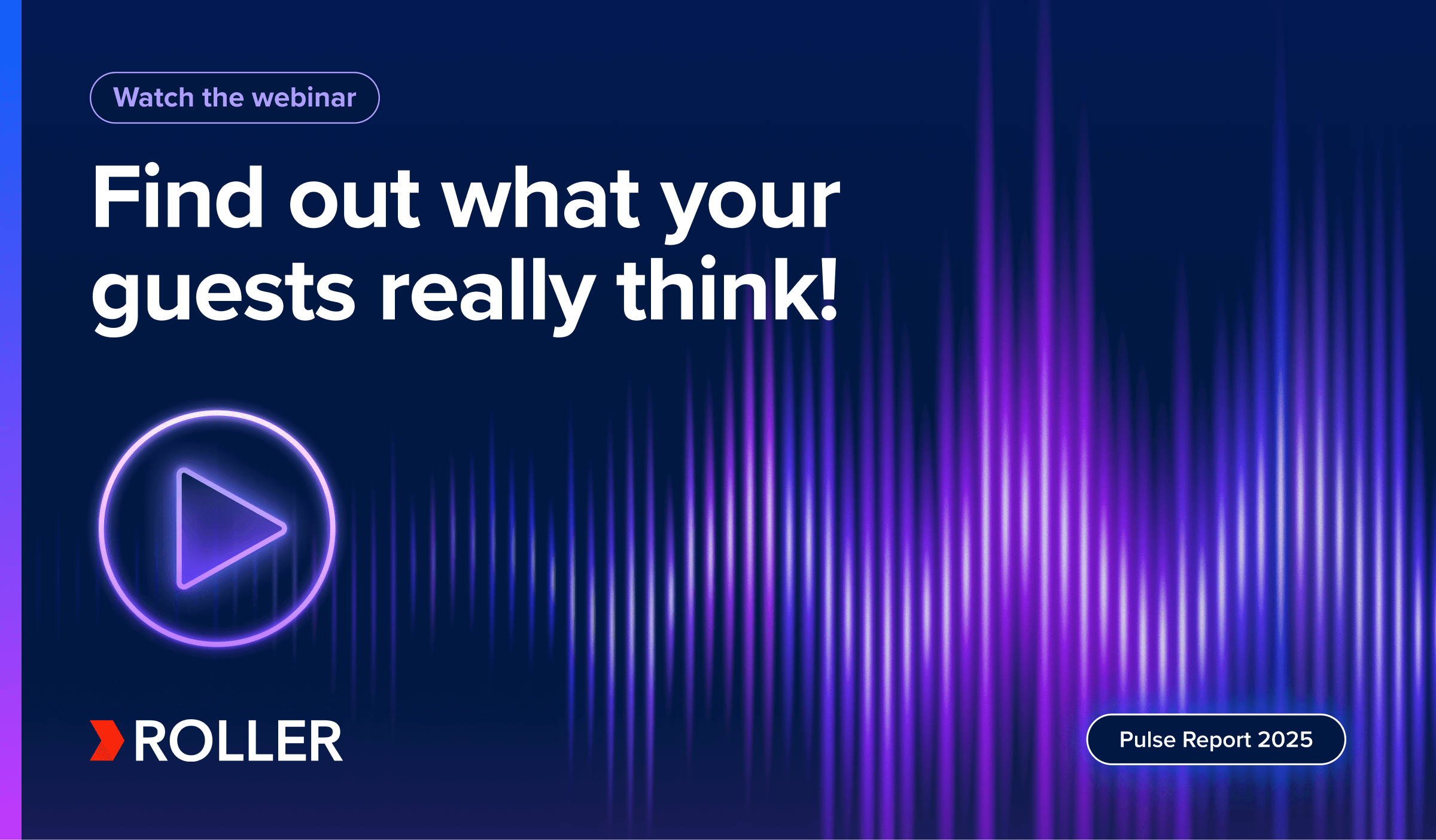3 Steps to Find and Destroy Friction

We all dream of the perfect attraction experience. Your guests visit, have an excellent time, and leave
feeling nothing short of euphoric satisfaction that lingers for days and weeks after. Everything was great and not a single thing could be done to make it even better. The desire for this utopian-like narrative is probably the foundation for why many of us entered this industry in the first place.
Enter friction... While science would define friction as two objects in contact resulting in lost momentum, the guest experience application is not far off. If the two objects are the guest and the experience, any friction between the two lessens the value of the experience. The greater the friction, the greater the frustration, the lower the satisfaction, and so on.
What constitutes friction in the guest experience? Think about anything that creates a barrier to your guests’ enjoyment. Poor service, maintenance delays, overcrowding, a lacking sense of security - these are all examples of guest experience friction points. Friction may be within your control or out of your hands, but the responsibility to smooth friction is on your shoulders. Other pitfalls of friction result in missed revenue opportunities, along with putting a strain on your infrastructure and operational processes. Now that starts to sound like the type of friction we learned in physics class.
Your job? Remove it.
Here are three steps to finding, then destroying friction points that are slowing down your business.
Step 1: Measure guest feedback and align it with other data
You can sit and wonder what your guests are thinking about all day, or you can ask them directly.
Multiple sources of guest feedback will help provide a clear picture of what your guests enjoy, along
with areas you need to improve. Your feedback measurement should include a mix of quantitative and qualitative data, with measurable results combined with opinions and narratives.
Examples of guest feedback measurement include post-visit surveys, mystery shops, survey kiosks, and online reviews. By combining each of these sources, you will leave no stone unturned when measuring feedback from your guests based on their experience.
Guest feedback alone can provide a wealth of data, but you can amplify the value further by cross-
referencing it with other data sources. Do you get more crowd complaints when you’re busy, and more service complaints during off-peak times? Do price and value complaints go up when guests participate in less? Does weather impact how much guests enjoy their visit? All of these questions can only be answered by looking at how guest feedback ebbs and flows with other factors.
Step 2: Identify priorities and take small steps
Destroying friction is not always a grand event. The best operators know that long-term success involves a series of small wins and breakthroughs that add up over time. In fact, small actions will often lead to large results, especially when the solution is focused on guest experience. That said, the solution to reducing friction is not always doing the opposite of the problem.
Here’s an example: an aquarium became concerned because their reviews on TripAdvisor regularly
featured complaints from guests suggesting that the aquarium was too small. Many reviews included
guest comments that indicated that they were in and out in 45 minutes, that there weren’t enough
exhibits, and that they felt that they didn’t get their money’s worth.
The opposite of the problem would be to make the aquarium bigger and add more exhibits. While that was certainly part of their long-term capital improvement plan, management wanted to reduce the perception that the aquarium was too small in the meantime, recognizing it as a noticeable friction point in the guest experience.
By using guest experience initiatives to guide the solution, the operations team encouraged the animal exhibit staff to spend more time in front of exhibits and actively approach guests as they passed. In many instances, the staff had an animal with them too, prompting guests to take interest. This effectively slowed guests down as they were traveling through the aquarium, and taking in more
information in each exhibit, delivered by an enthusiastic employee.
Soon after this small operational modification was put in place, the trend in the reviews began to shift, with one guest even commenting that they believed they just visited one of the largest aquariums in the world. All of this was done without adding any additional space to the building.
Step 3: Keep measuring, rinse and repeat
Once the size complaint was substantially reduced, management continued to monitor the feedback
that came in, aligning it with other data including attendance and revenue, and kept it in balance.
Because they now knew the solution to the problem, they were able to implement the initiative into
their standard operating procedures as long as it continued to be perceived positively. And now,
knowing that the aquarium’s size was no longer the most pressing issue, they were able to move on to the next by duplicating the same process.
As you measure guest feedback, identify your priorities, and put small steps in place. You must continue measuring the feedback in order to understand the success of your initiatives. What if, by staffing more employees throughout the exhibits guests then felt like they were being crowded in, because of the newfound popularity in certain exhibits? The “too-small” complaints may be nearly gone, but if new friction points come up as a result, your work is far from finished. You must continue to monitor guest feedback and continue to make small adjustments to get it as close to “just right” as possible.
As a final note, remember this: there is no such thing as a frictionless experience. With the ongoing
challenges that operating an attraction brings, removing friction is not a “set it and forget it”
exercise. These three steps should be part of your ongoing effort to improve the guest experience, fully aware that there is no ceiling. You can always keep getting better, and you should always strive to get closer and closer to the perfect attraction experience.
Related articles


What Every Venue Needs to Know About Birthday Parties (from a Parent and a Pro)

2025 Pulse Report Webinar: Operators Unpack the Guest Insights
Enhance your guest experience
Get free education, tips and inspiration to help you run a successful venue.